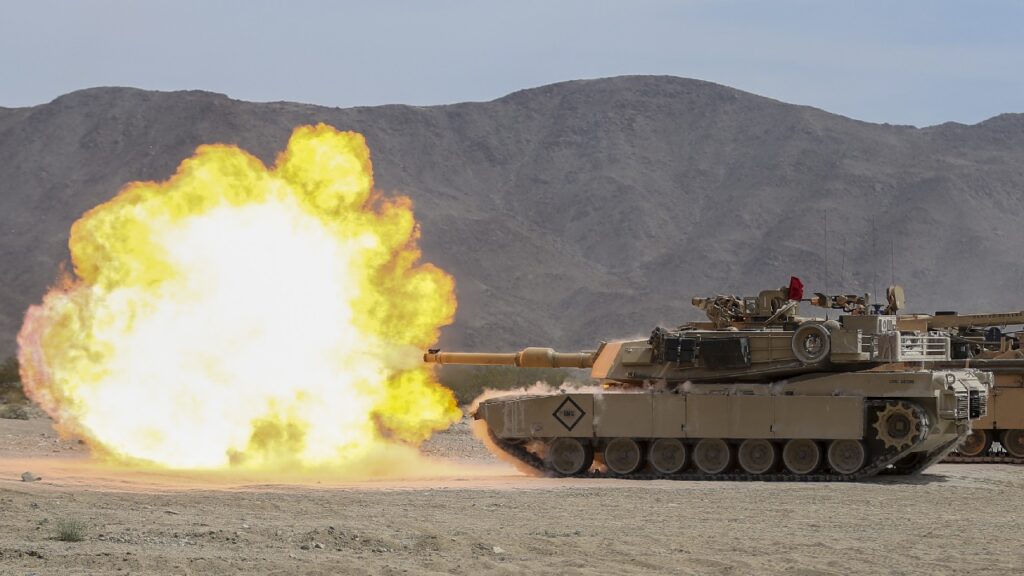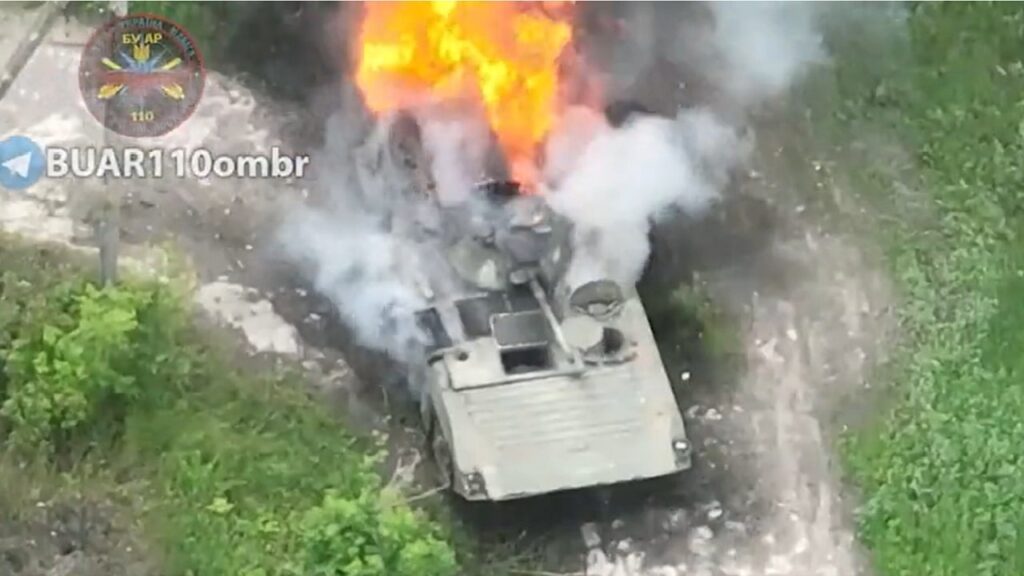After weeks of brutal, attritional warfare in the Donbas region, with the Russians making small incremental gains backed by massive artillery barrages, a trending view is that the Ukrainians cannot win the war against Russia.
That view could be correct. Despite massive losses of men and equipment suffered early in the invasion, Russia still has considerable numerical advantages in troops, tanks, artillery, and aircraft.
Moreover, Western support for Ukraine has seemed to stall over the past several weeks. Russian President Vladimir Putin counted on this. The same growing Western disinterest happened in Libya in 2011 after Moammar Gadhafi’s removal, and in conflicts in Syria and Yemen.
As food and gas prices skyrocket and inflation soars, many in the West have started to say that Ukraine should accept its losses and make peace with Moscow, ceding the Donbas and the Black Sea land corridor that links it with Crimea, which Russia annexed in 2014.
But the Ukrainian message has not wavered. They believe their strategy is working, and that with enough Western weapons, they can defeat the Russian invasion. Nor are they alone in that belief. The head of the UK’s MI6 recently spoke at the Aspen Security Forum. In a rare public appearance, he said the Russian offensive was about to run out of steam.
“Our assessment is that the Russians will increasingly find it difficult to find manpower and materiel over the next few weeks,” he told the audience in a question-and-answer session.
An existential threat

Unlike the Crimean annexation in 2014, Ukraine is facing a threat to its very existence. Dmytro Kuleba, Ukraine’s foreign affairs minister, recently wrote a piece for Foreign Affairs in which he spelled out what is at stake for his country:
“Russian President Vladimir Putin does not simply want to take more Ukrainian territory. His ambitions don’t even stop at seizing control of the entire country,” Kuleba wrote. “He wants to eviscerate Ukrainian nationhood and wipe our people off the map, both by slaughtering us and by destroying the hallmarks of our identity. He is, in other words, engaged in a campaign of genocide.”
But Ukraine’s message is not resonating well enough with the West. The information campaigns coming from Ukraine’s foreign ministry and the U.S. State Department aren’t strong enough. We don’t hear nearly enough from the U.S. Ambassador to Ukraine, Bridget Brink.
News programs frequently push Ukraine far down their coverage priorities, and it will fade even further in the U.S. as football season gets underway. This is not a condemnation, but a simple fact.
The Ukrainians have bled the Russian military heavily in the war. But their small number of heavy artillery and missile launchers, while making their presence felt, aren’t enough to stage a convincing counteroffensive. Right now, Western support is enough only to induce a stalemate.
The U.S. and the West have given Ukraine plenty of body armor, small arms and ammunition, and smaller hand-held anti-armor and anti-aircraft systems such as Javelins and Stingers. But they will need more, and soon.
Related: The West is sending the superior M777 Field Artillery Howitzer to Ukraine
Ditch the ‘Don’t Humiliate Putin’ strategy

The West has been duped by Russia’s threats to use nuclear weapons. Putin is like a kid waving his father’s gun. He likes to threaten and make grand announcements, but he is pragmatic above all. He doesn’t want to go nuclear, with the West or anyone else.
U.S. President Joe Biden and French President Emmanuel Macron have both fallen for this. Biden has consistently said that he doesn’t want any escalation, so he has limited the dispatch of weapons to Ukraine that can hit targets in Russia. Macron told the news media earlier this year that the West “must not humiliate Russia” and should instead prepare an “exit ramp” for the country to end the war.
Putin, as Kuleba says, is the master of gaslighting. If faced with an unwinnable scenario, he will back off and proclaim that everything is fine. After his forces were nearly decapitated as they tried to capture Kyiv and Kharkiv in the early days of the war, the Kremlin postured their withdrawal as a goodwill act to facilitate negotiations.
When Finland and Sweden approached NATO for membership, Putin and the Kremlin threatened severe consequences. But once they were on the path to acceptance, Putin downplayed it as if it were of little consequence. He did so even though stopping NATO expansion was specifically one of his reasons for invading Ukraine. Finland shares 800 miles of border with Russia.
The West has to stop worrying about upsetting Putin. It must concentrate instead on a strategy that gives Ukrainian forces the maturity needed to win and to push Russia back from the areas they’ve taken.
Related: Why peace in Ukraine is unlikely anytime soon
What Ukraine needs now
Night-vision systems
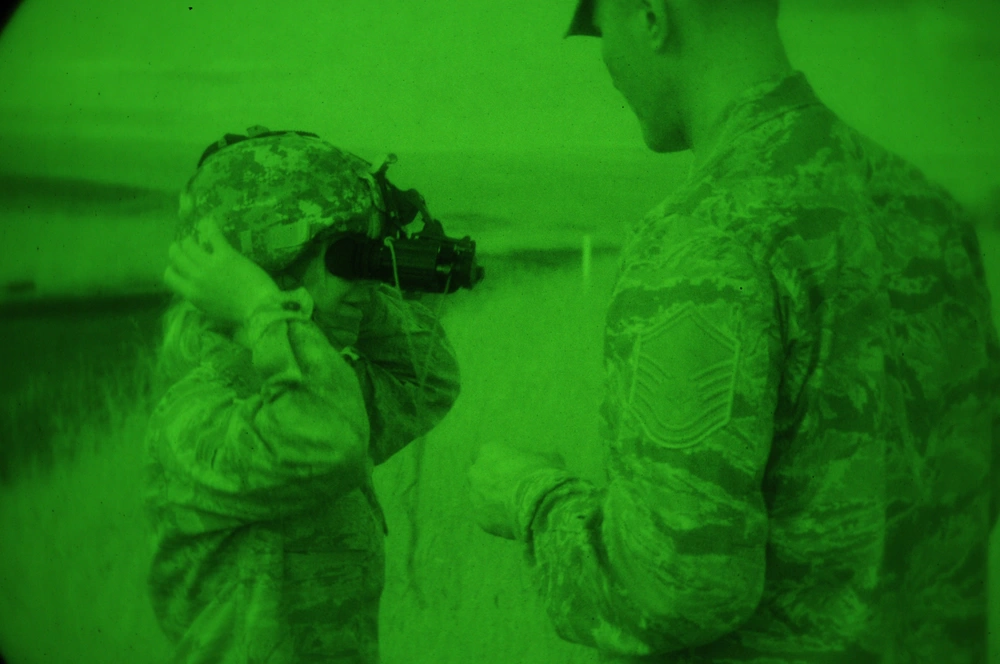
One of the more startling images from the first five months of the war has been the near-total lack of night-vision equipment used by Russian forces. The Russian military doesn’t issue night-vision devices to dismounted conventional forces. Only Special Operations units (Spetsnaz) are issued night-vision systems. But even some photos purported to be of special operations troops didn’t show any evidence of night-vision capabilities.
This is one area where Ukraine has an advantage. Ukrainian troops were calling for more night-vision devices during the 2014 fighting with separatists in Eastern Ukraine. And they’ve been gradually increasing the numbers available to their forces. This is an area that can be a game changer for Ukraine.
While the U.S. tried to limit the sharing of night-vision technology for years, plenty of off-the-shelf technologies have reached the Ukrainians. Owning the night, as the U.S. did in the First Gulf War, provides a huge advantage over an enemy that is still using flares and star clusters to illuminate the battlefield.
Related: HIMARS: How an advanced US artillery system is winning for Ukraine
Lend-Lease: Unlock US depot stocks
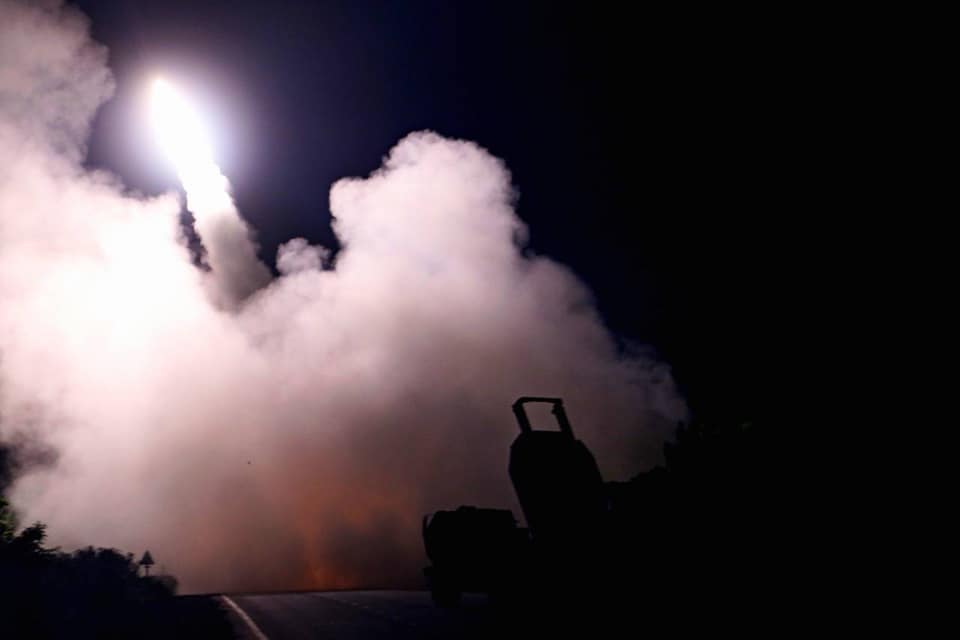
The U.S. has begun a Lend-Lease program similar to the model used in World War II. But the country has vast stocks of older M1 Abrams tanks and M109 self-propelled artillery systems sitting in depots as they are replaced with newer models. While no longer top-of-the-line systems, these are better than anything that Ukraine or Russia is using. After many of their T-72 tanks were destroyed in the fighting, Russia is even dusting off old T-62s of 1960s vintage.
The U.S. is holding these weapons in case they are someday needed in an emergency. But with troop numbers and enlistment quotas falling, we soon won’t have enough troops to man the systems that are already operating.
It is time to open the locks on those depots and give Ukraine what they desperately need. The M777 howitzers Ukraine is using are excellent pieces of artillery. However, like Ukraine’s other artillery, these systems are towed and therefore susceptible to counter-battery fire. Even the older M-109s are a big step up, and they are able to “shoot and scoot.”
The HIMARS are excellent and are doing yeoman’s work, but with only 12 of them in Ukraine right now, they fall well short of what is needed to go on offense.
Barrel life and ammunition shortages
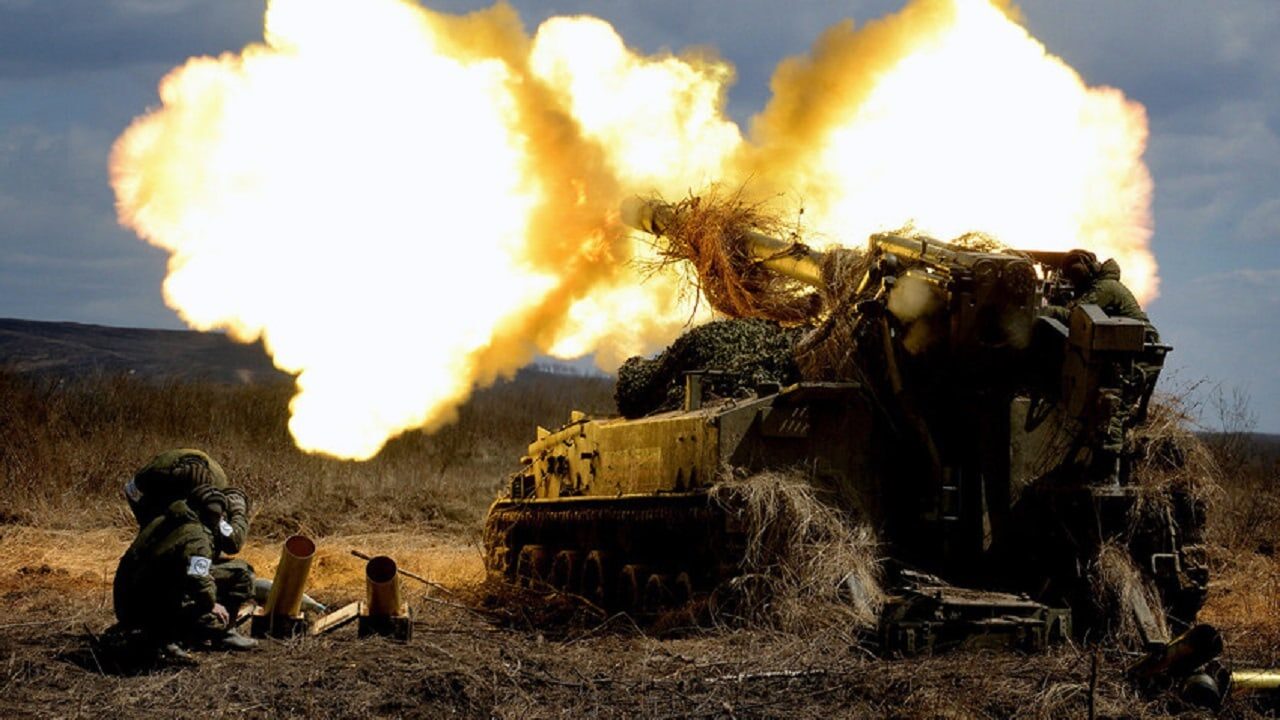
We’ve seen the Russian military resort to tried-and-true tactics of using massive artillery and missile barrages on Ukrainian positions and civilian areas while troops make incremental advances. On Sunday night, 19FortyFive spoke with a former Army officer who had just returned from a European trip where he met with senior Slovakian officials. The conversation came around to Russian artillery.
We spoke about the barrel life of Russian artillery, which is of vastly inferior manufacture. And it is simply a question of math. The Russians have about 110 battalion tactical groups in Ukraine. Each Russian BTG has three batteries of artillery. Each battery has six guns. That comes to about 1,980 artillery pieces. The Russians are firing an estimated 60,000 shells daily, which comes out to about 30 rounds per artillery piece.
Russian artillery has a barrel life of between 2,000-2,500 rounds, meaning they need to send barrels in for maintenance or replacement in less than 100 days. Thus Russia’s artillery will probably need a massive overhaul in short order. This is an area to watch closely in the coming days and weeks.
Slovakia, meanwhile, has offered its fleet of 11 MiG-29 fighters to Ukraine in its war against Russia. Jaroslav Nad, Slovakia’s defense minister, said that if financial compensation can be worked out, its airspace would be defended by the Czech Republic and Poland.
Ukraine can win this existential war with Russia. However, one caveat relayed to 19FortyFive was that many Western military officials believe that Ukraine will face a severe ammunition shortage by September – possibly even running out.
This article by Steve Balestrieri was originally published by 19FortyFive.com.
Read more from Sandboxx News
- Russian military has lost almost 800 drones in Ukraine
- The US Army’s new light tank faces a daunting task
- In response to Russian aggression, Latvia is bringing back the draft
- The S-400 myth: Why Russia’s air defense prowess is exaggerated
- Russia shoots down its own advanced jet just weeks after delivery
